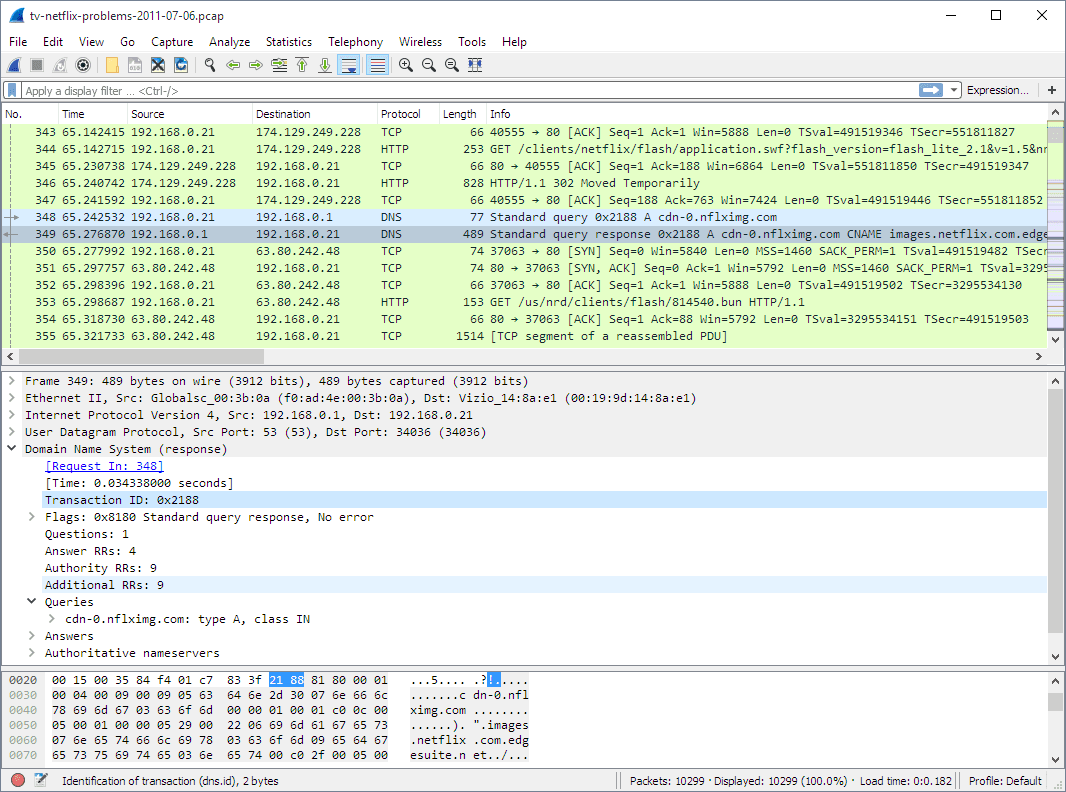
That being said, if you connect to a newer WiFi router that comes with a built-in tracking feature and pre-configured software, your browsing privacy will become very questionable. Old WiFi routers aren’t meant to be used for Internet traffic tracking on their own, meaning one would have to have some pretty extensive technical knowledge and a set of right tools to check your WiFi history through a router. Let’s also not forget that your WiFi provider can try to be using packet sniffing tools like, for example, WireShark.įrom that point, everything gets way trickier, and therefore we strongly recommend that you should keep your VPN on all the time. Implementation of a TLS/SSL certificate on the website you visited.
However, the ability to check what you do on WiFi depends on a variety of factors. Yes, potentially, your WiFi provider or a WiFi owner can see what sites you visit. In this article, we want to expand on that and provide a comprehensive answer. All that having been said, the EFF has notified Google, who responded with a statement about how they “take the security of our users’ location data very seriously” and how they “are still investigating what changes are appropriate for a future release.One question we get constantly asked by our community is, “ Can my WiFi provider see my search history?” The catch here - this could cause a small increase in battery usage and data usage. The good news is there is a workaround available and that includes going into your phone’s “Advanced Wi-Fi” settings and adjusting the “Keep Wi-Fi on during sleep” option to “Never”. Seems to be a small item to worry about, but we suspect those feeling overly worried could take issue. This basically means you could be giving up details on places you’ve visited - provided those places use the business name for the WiFi network name and you connected to the network during your visit. To that point, the EFF mentioned how “many of the phones” they tested were able to “broadcast the names of networks they knew about when their screens were turned off.” The other details here mention how this only seems to be happening when the device screens are turned off.

when the screen is turned off).”Įssentially, this means your device could be broadcasting the names of networks you’ve visited.

This goes to a feature called Preferred Network Overload (PNO) which the EFF describes as being one that is “supposed to allow phones and tablets to establish and maintain Wi-Fi connections even when they’re in low-power mode (i.e. The EFF claims this issue is affecting devices running Android 3.1 Honeycomb and later. Specifically, with the names of WiFi networks that you have been connected to.


 0 kommentar(er)
0 kommentar(er)
